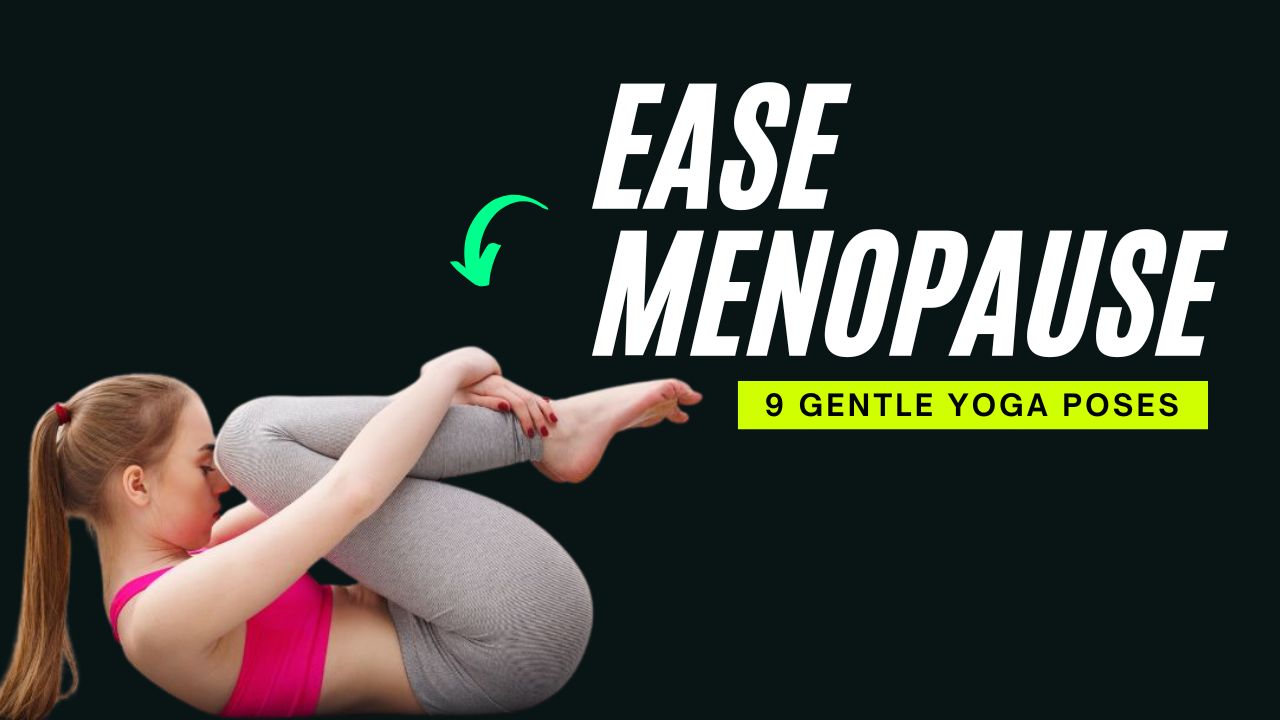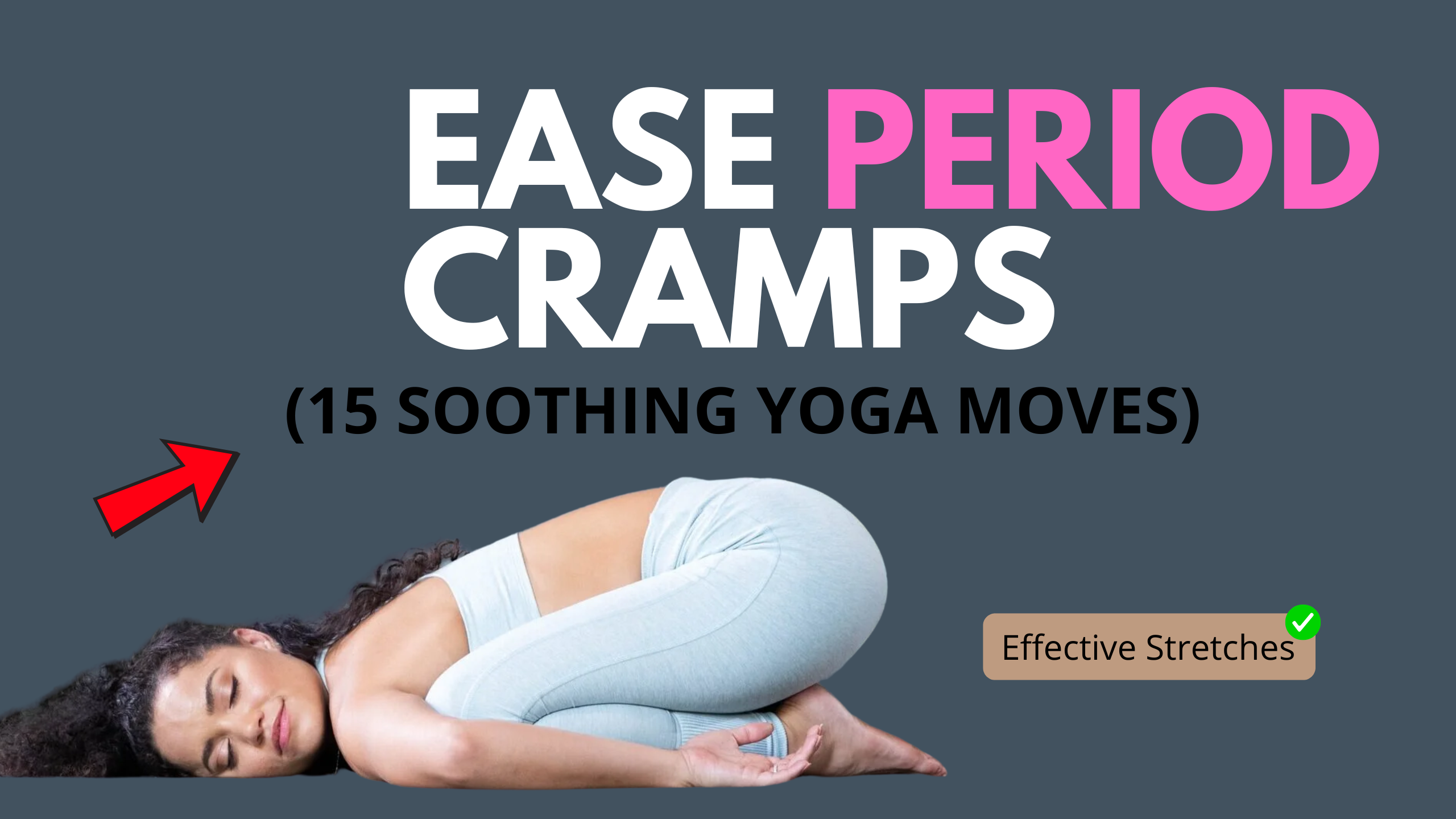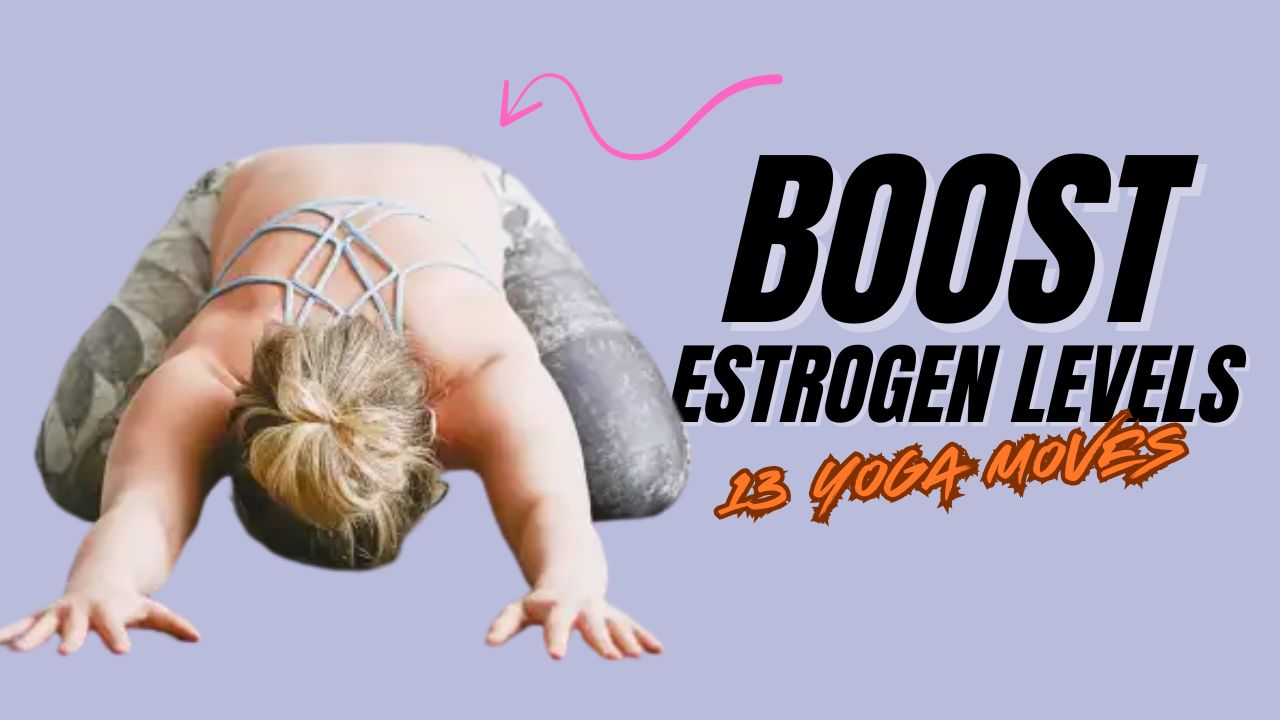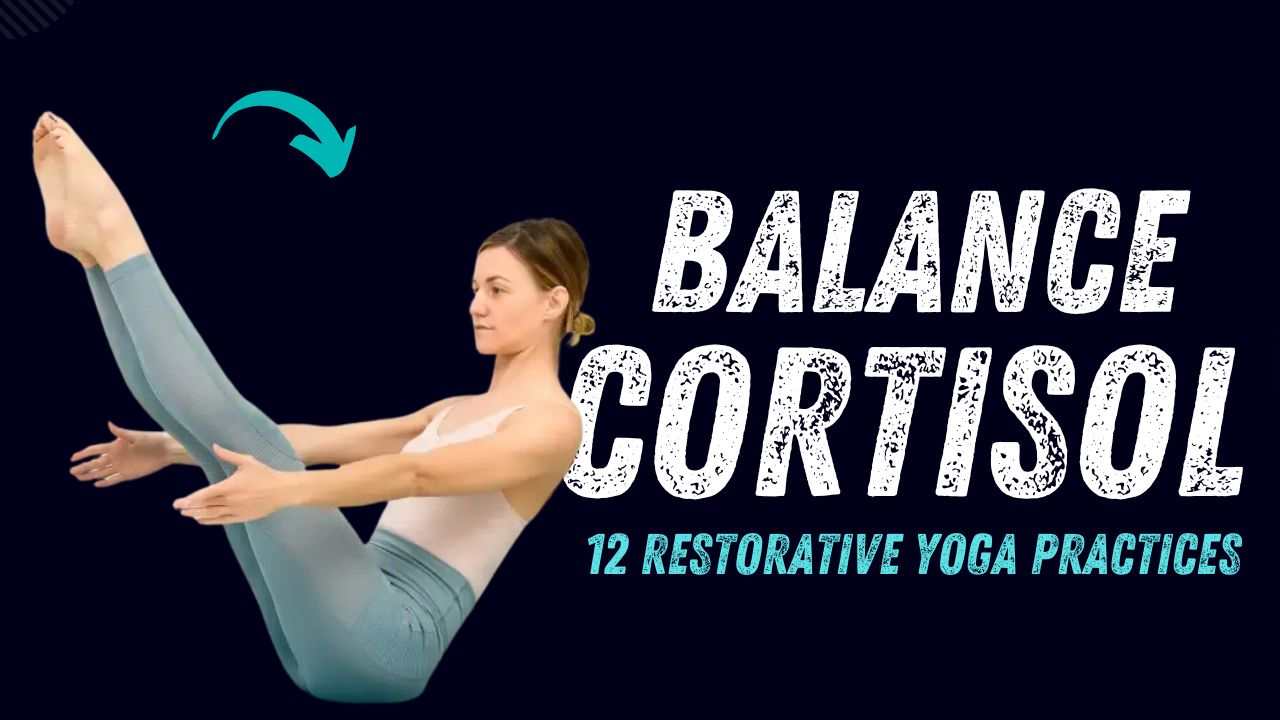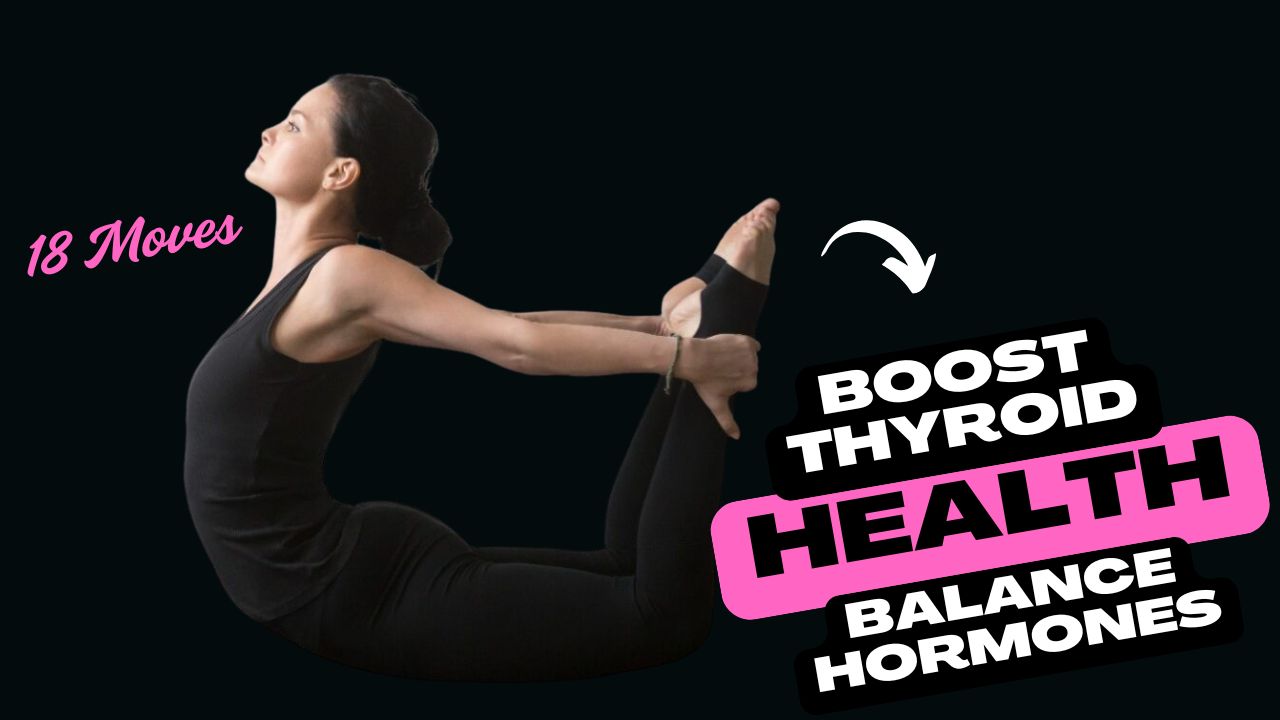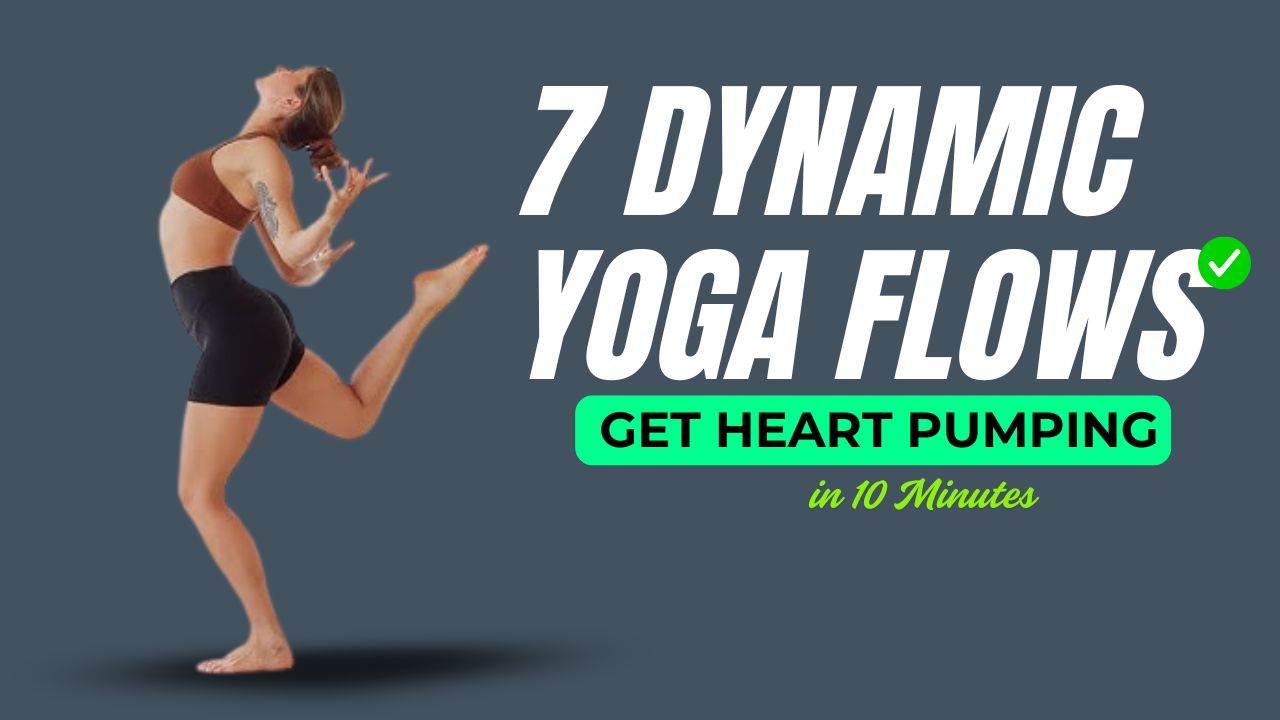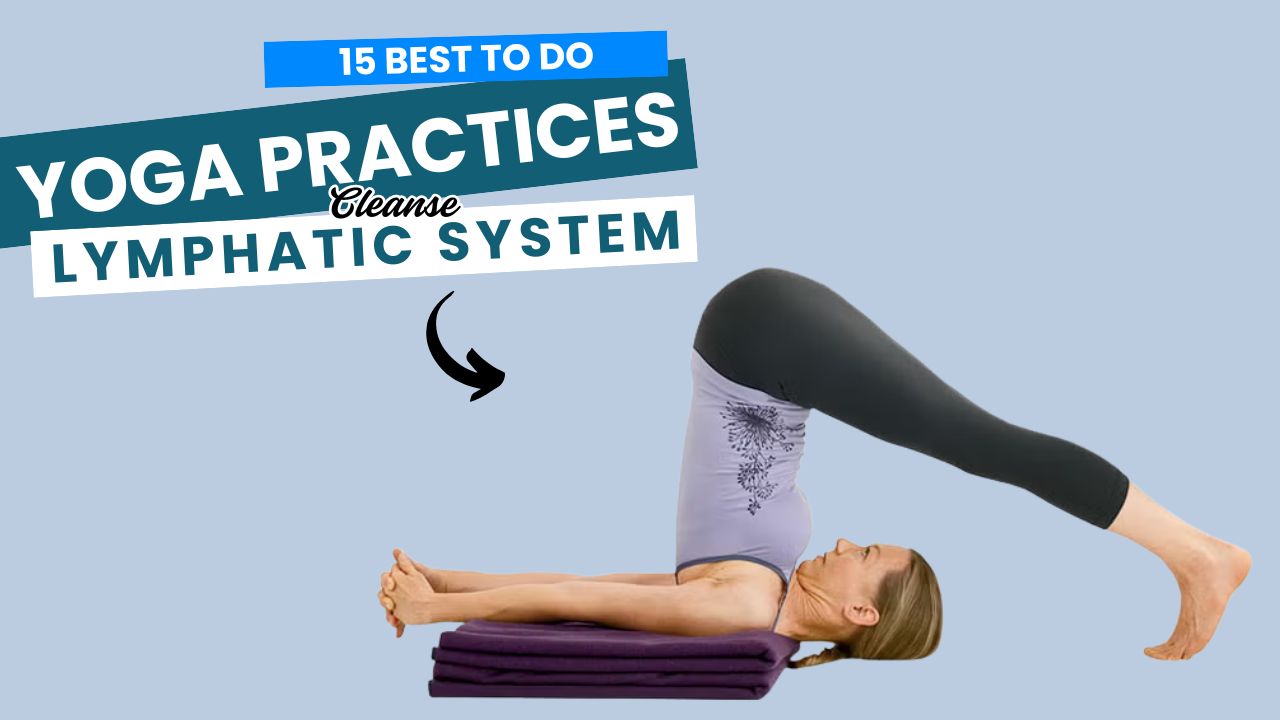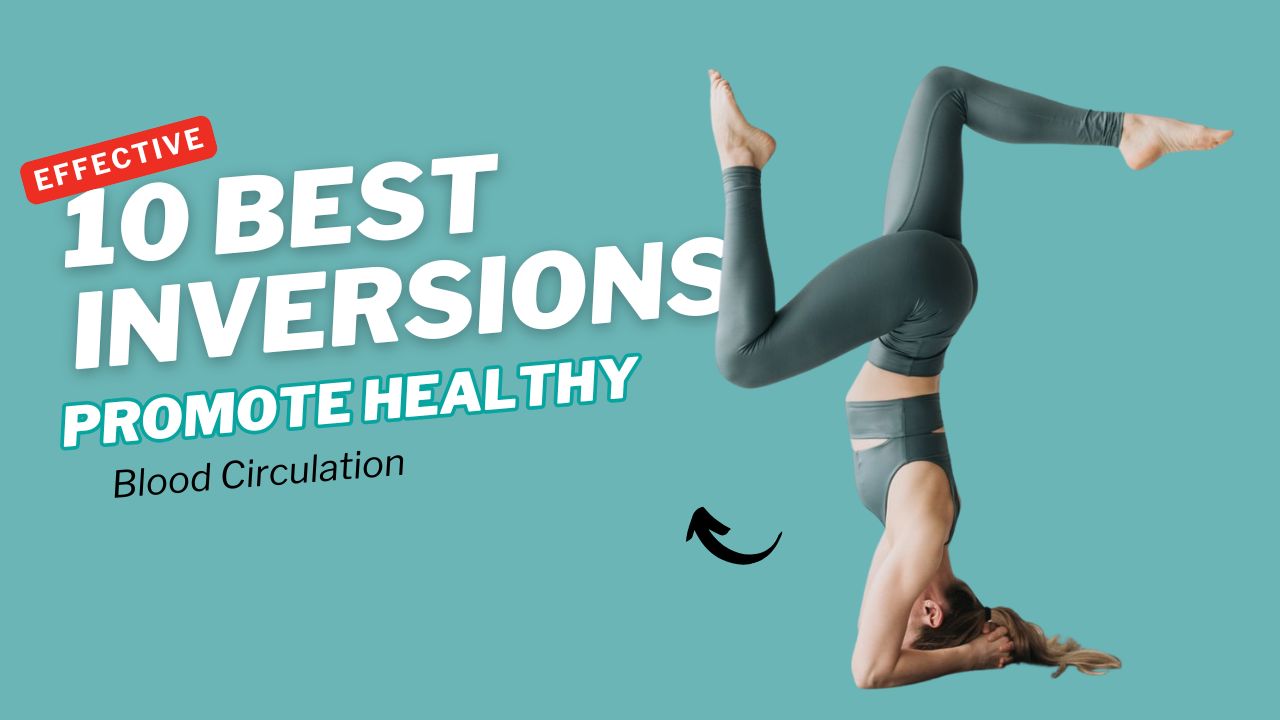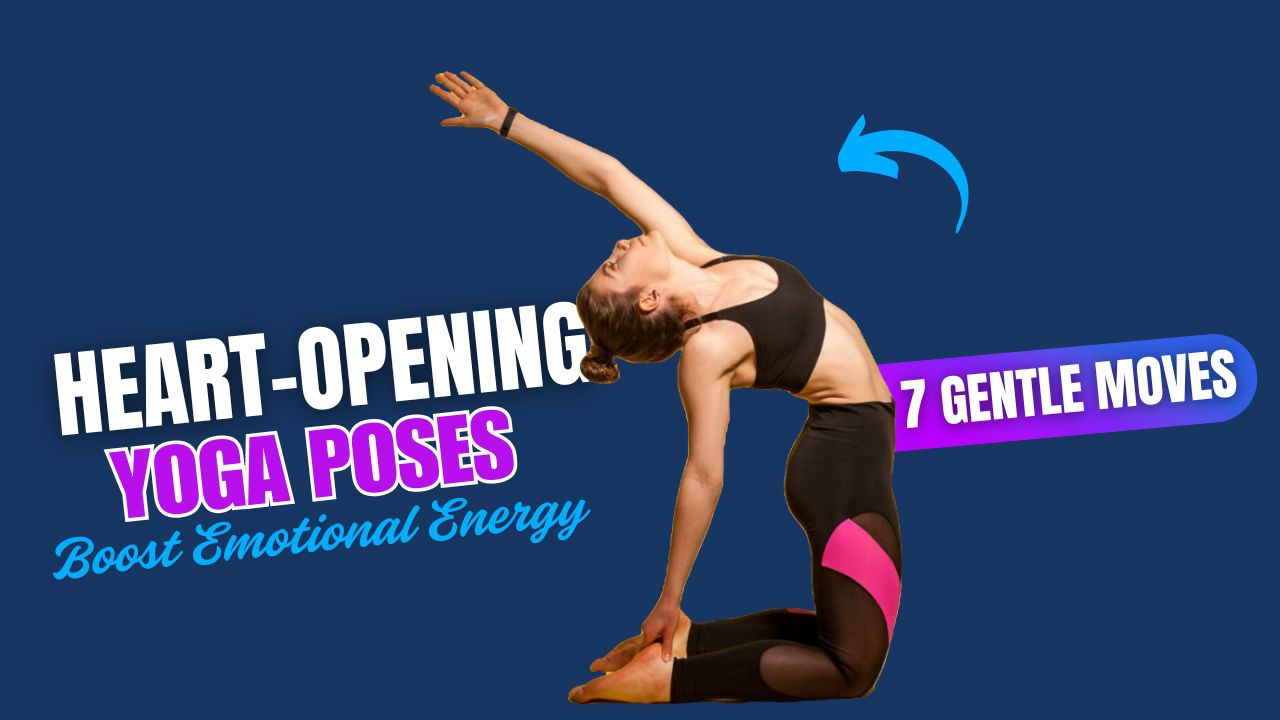Do you know? The shoulder is the most mobile joint in the human body, enabling a stunning range of motion – but this also makes it prone to weakness and injury.
While many gym-goers rely on weights and machines, bodyweight shoulder exercises can build strength, stability, and resilience with zero equipment.
And here’s a myth-buster: lifting heavier weights isn’t always the ticket to broad, sculpted shoulders. Mastering advanced bodyweight moves can unlock explosive power and size, sculpting those “boulder shoulders” you crave.
Whether you’re an athlete, a calisthenics enthusiast, or just want to push your bodyweight training to the next level, these 16 advanced bodyweight shoulder exercises will challenge your muscles from every angle.
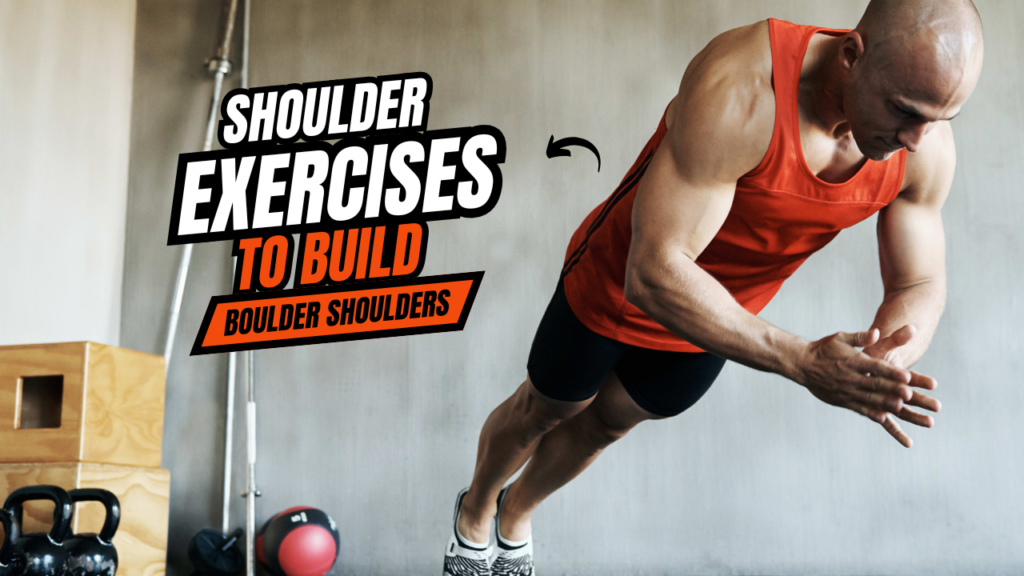
Table of Contents
What Can Happen After 30 Days of Advanced Bodyweight Shoulder Exercises
| Positive Changes | Potential Challenges |
|---|---|
| Noticeable increase in shoulder strength and endurance. | Initial muscle soreness and fatigue, especially in the first week. |
| Improved muscle definition and a more sculpted shoulder appearance. | Possible plateau if progression or form isn’t maintained. |
| Enhanced shoulder stability and joint health. | Risk of overuse injuries if recovery is neglected. |
| Better posture and upper body control. | Potential frustration with slow progress on complex movements. |
| Increased confidence in handling bodyweight skills. | Risk of developing poor form if progressing too quickly. |
| Greater core strength and overall balance. | Overtraining can lead to joint discomfort or stiffness. |
| Boosted mobility and flexibility in the shoulders. | Missing mobility work can limit range of motion gains. |
Do’s and Don’ts for Advanced Bodyweight Shoulder Exercises
| DO | DON’T |
|---|---|
| Warm up your shoulders thoroughly before starting. | Jump straight into advanced exercises without preparing your joints. |
| Maintain proper form and alignment in every exercise. | Sacrifice form for more reps or faster progress. |
| Engage your core and glutes to stabilize your body. | Let your hips sag or arch your back excessively. |
| Progress slowly and only when you’ve mastered the basics. | Attempt advanced variations before you’re ready. |
| Breathe steadily and controlled throughout each movement. | Hold your breath, which can increase tension and reduce performance. |
| Use a sturdy wall or surface for support when necessary. | Rely on unstable or slippery surfaces that could cause injury. |
| Focus on quality over quantity for reps. | Rush through exercises, risking poor form and muscle strain. |
| Rest adequately between sets and sessions. | Overtrain your shoulders, leading to fatigue or injury. |
| Incorporate shoulder mobility and flexibility drills. | Ignore mobility work, which can limit range of motion and cause tightness. |
| Listen to your body and adjust intensity as needed. | Push through sharp pain or discomfort, which may lead to injury. |
1. Handstand Push-Ups
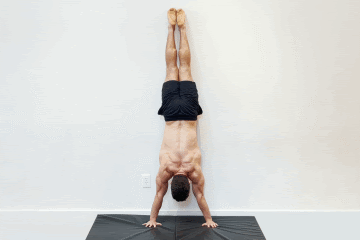
A classic for building raw shoulder strength.
- How to: Kick into a wall-supported handstand. Lower your head toward the floor by bending your elbows, then push back up.
- Tips: Keep your core tight and elbows slightly in front of you.
- Variation: Progress to freestanding handstand push-ups for ultimate control.
2. Wall Walks
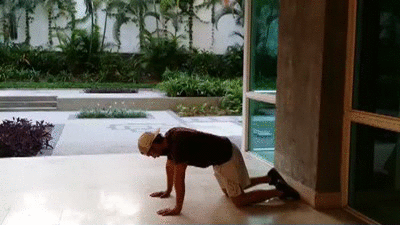
A dynamic exercise that preps your shoulders for handstand work.
- How to: Start in a plank, walk your feet up the wall and hands closer to the wall, finishing in a vertical handstand.
- Tips: Engage your shoulders and core to prevent arching.
- Why it works: Strengthens the entire shoulder girdle and builds wall confidence.
3. Pseudo Planche Push-Ups
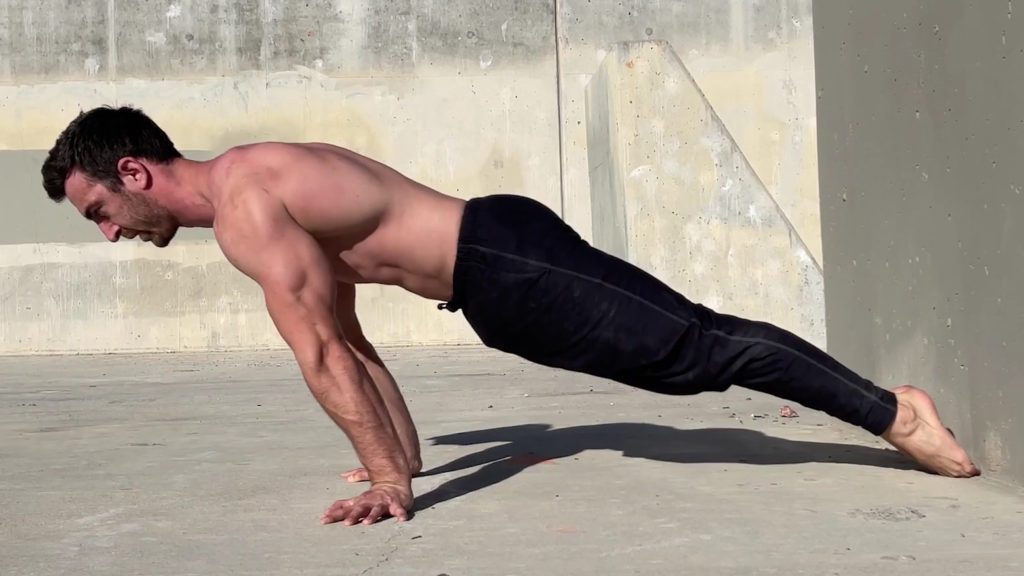
Targets anterior deltoids and mimics planche training.
- How to: Get into a push-up position, lean your shoulders forward past your wrists, and lower yourself while keeping your elbows close.
- Tips: Keep your core engaged to avoid sagging.
Fun fact: This move ramps up shoulder and wrist strength like few others.
4. Pike Push-Ups
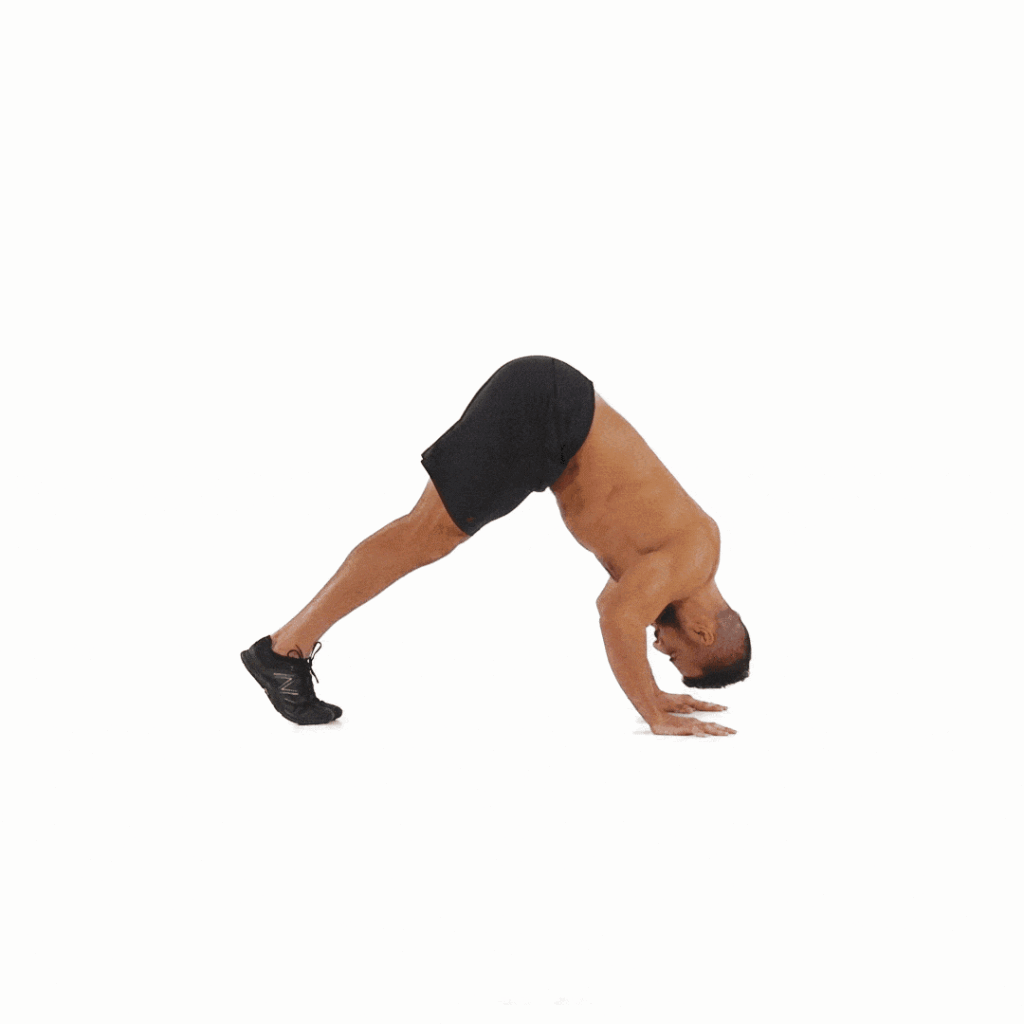
Perfect for isolating shoulder muscles.
- How to: From a downward dog, bend your elbows and lower your head toward the floor, then press back up.
- Variation: Elevate your feet to increase intensity.
5. Archer Push-Ups

Build unilateral shoulder stability and strength.
- How to: Start in a wide push-up stance. Lower toward one side while keeping the opposite arm extended, then switch.
- Tips: Move slowly and maintain control for maximum shoulder activation.
6. Hindu Push-Ups

A full-body flow that torches shoulders.
- How to: Start in downward dog, swoop your chest forward and up into upward dog, then reverse.
- Tips: Focus on fluid movement, not speed.
7. Typewriter Push-Ups
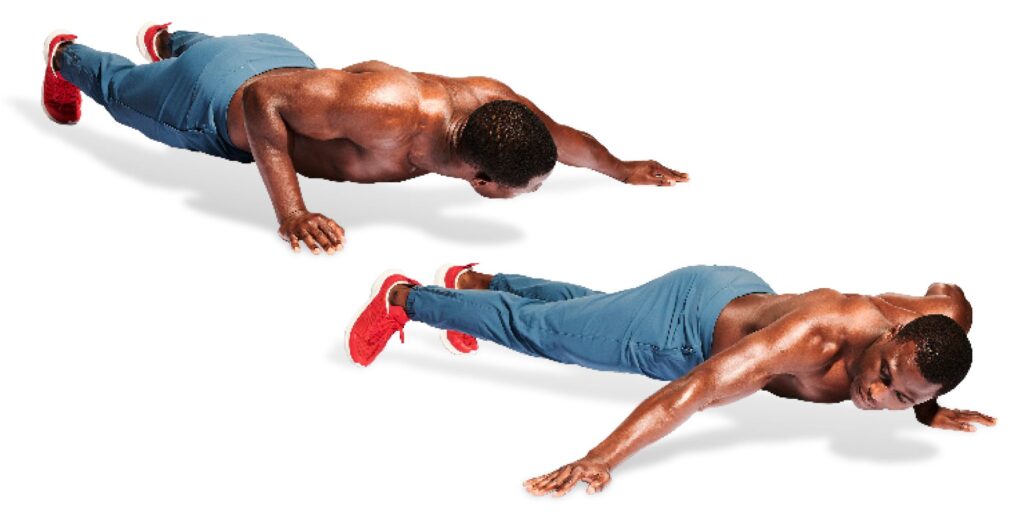
Develops horizontal shoulder mobility and strength.
- How to: Lower to one side of a push-up, glide your chest over to the opposite side, then push back up.
- Tips: Keep shoulders square and hips level.
8. Wall-Supported L-Sit Press

A challenge for shoulder stability and strength.
- How to: Sit in an L-position with your back against the wall. Push your hands into the floor and lift your hips.
- Tips: Squeeze your shoulders and keep your legs straight.
9. Elbow-Lever Push-Ups

Advanced and visually impressive.
- How to: From a push-up position, shift your weight forward onto bent elbows, hold briefly, then press back.
- Tips: Core and shoulder stability are key here.
10. Planche Lean

The foundational move for planche training.
- How to: In a plank, lean your shoulders forward while keeping your elbows locked, feeling the anterior deltoids engage.
- Tips: Keep your wrists directly under your shoulders and hips level.
11. Crow Pose Holds
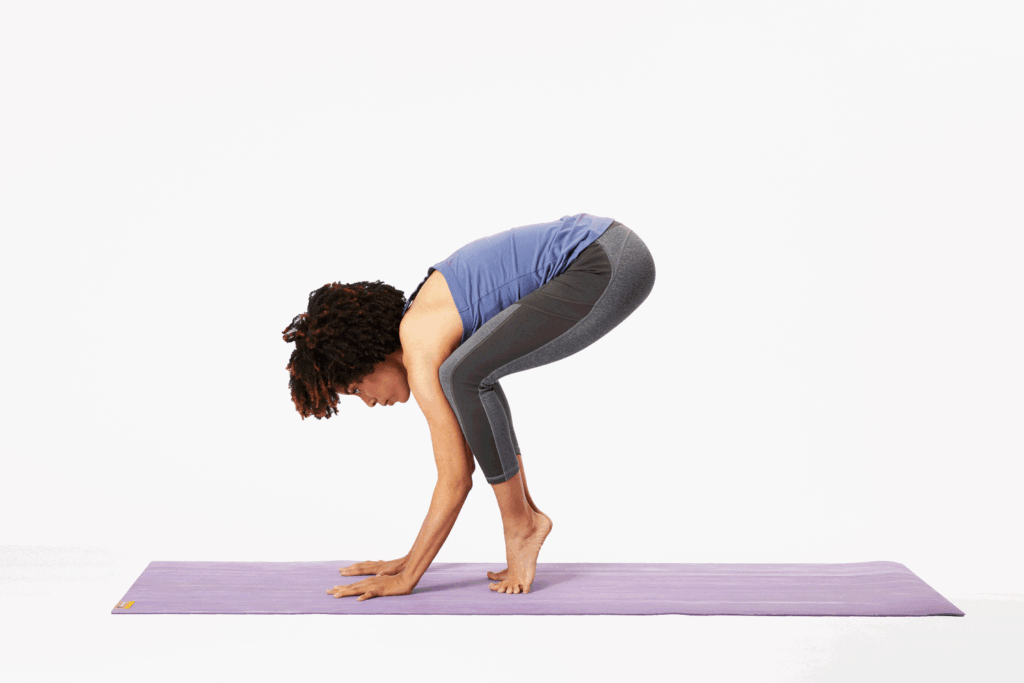
Borrowed from yoga, it develops balance and shoulder stability.
- How to: Squat, place hands on the ground, and balance your knees on your elbows, lifting your feet.
- Tips: Look slightly forward, not down, to maintain balance.
12. Handstand Shoulder Taps

For coordination and unilateral shoulder strength.
- How to: In a wall handstand, shift your weight slightly and tap one shoulder with the opposite hand.
- Tips: Keep movements controlled; avoid leaning too far.
13. Elevated Pike Push-Ups
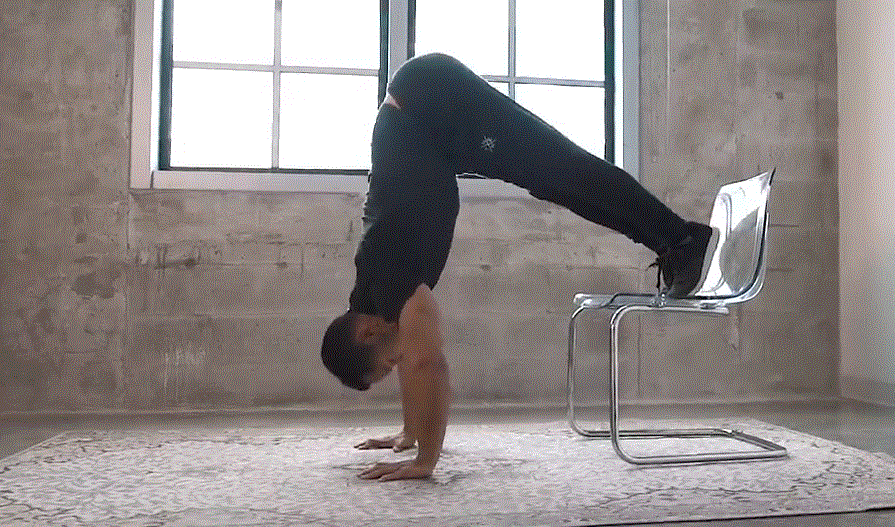
Takes pike push-ups up a notch.
- How to: Elevate your feet on a box or bench, then perform pike push-ups.
- Tips: The higher the elevation, the more intense the shoulder engagement.
14. Headstand to Handstand Press

Combines control and shoulder power.
- How to: From a headstand, press into a handstand by engaging your shoulders and core.
- Tips: Focus on a slow, controlled movement.
15. Wall-Assisted Handstand Shrugs
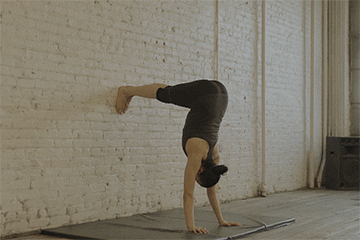
Targets the traps and builds handstand stability.
- How to: In a wall handstand, shrug your shoulders up and down without bending your elbows.
- Tips: Keep your core engaged and movements subtle but strong.
16. Tiger Bend Push-Ups
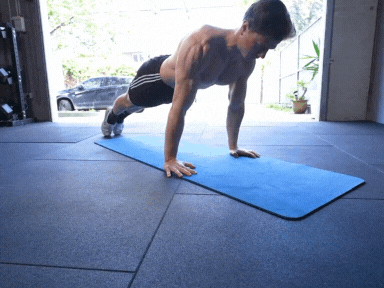
A hybrid of triceps and shoulder strength.
- How to: Start in a forearm plank, push up onto your hands into a pike position, then lower back down.
- Tips: Control is key – don’t rush.
Why Master These Moves?
Mastering advanced bodyweight shoulder exercises isn’t just about aesthetics. They:
- ✅ Build functional strength and mobility.
- ✅ Enhance joint stability, reducing the risk of injuries.
- ✅ Improve balance and coordination.
And here’s an interesting fact: Many advanced bodyweight athletes exhibit greater relative shoulder strength than traditional weightlifters – all without a single dumbbell.
So, are you ready to build your boulder shoulders and impress with gravity-defying feats? Start incorporating these advanced bodyweight moves into your routine today – and feel the power shift in your shoulders!
Frequently Asked Questions (FAQs)
Are bodyweight shoulder exercises enough to build big, strong shoulders?
Absolutely! Advanced bodyweight exercises like handstand push-ups, planche leans, and pike push-ups place intense demands on your shoulder muscles. When performed progressively and with good form, they can develop significant shoulder size, strength, and stability – all without weights.
How often should I train my shoulders with these exercises?
Ideally, you can train your shoulders 2–3 times per week. Ensure you’re allowing at least 48 hours of recovery between intense sessions. You can alternate heavy, high-rep days with technique-focused practice to build both strength and skill.
Can beginners try these advanced bodyweight exercises?
Many of these exercises are challenging and may not be suitable for complete beginners. Start with foundational moves like incline push-ups, pike push-ups, and wall walks before progressing to advanced exercises such as handstand push-ups or planche leans.
What if I have limited shoulder mobility?
Shoulder mobility is crucial for these movements. If your shoulders are tight, prioritize mobility drills like wall slides, banded dislocates, and dynamic stretching. Improve mobility first, then gradually introduce advanced exercises to avoid injury.
Can bodyweight exercises improve shoulder posture and prevent injuries?
Yes! Many advanced bodyweight exercises engage stabilizer muscles that support good posture. Exercises like wall-supported L-sit press, wall handstand shrugs, and crow pose holds strengthen the smaller muscles around the shoulder joint, promoting alignment and reducing injury risk.
How do I know when I’m ready to progress to harder variations?
Master the fundamentals first. Once you can perform 10-15 reps of a movement with perfect form, consider progressing to a more advanced variation. For example, move from pike push-ups to elevated pike push-ups, or from wall handstands to freestanding versions.
What’s more effective for shoulder growth – high reps or low reps?
Both have benefits. Low reps with slow, controlled movement build raw strength, while higher reps with full range of motion increase muscular endurance and hypertrophy. A balanced routine combining both is ideal for optimal shoulder development.
How long does it take to see results from bodyweight shoulder exercises?
You may start feeling stronger within a few weeks, but noticeable changes in muscle size and definition typically appear after 6–8 weeks of consistent training. Remember, progressive overload and proper recovery are key.
Do I need any equipment for these exercises?
Most of these exercises require no equipment, just your body and a sturdy wall. Some progressions, like elevated pike push-ups, may benefit from a box or step, but it’s not essential.
How can I avoid common mistakes in advanced shoulder exercises?
The biggest mistakes include rushing progressions, poor form, and neglecting core engagement. Always prioritize form over reps, progress gradually, and ensure proper warm-up and shoulder mobility work before starting.
